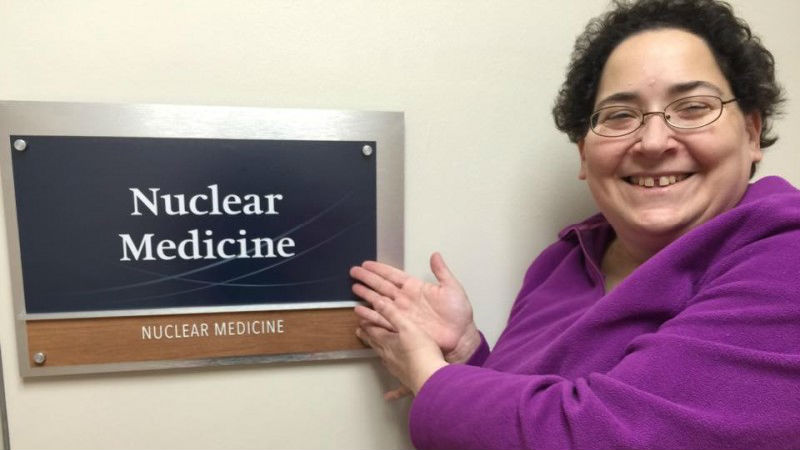It is common, especially in the United States, to treat thyroid cancer by surgical removal of the entire gland plus radioiodine therapy to kill any remaining thyroid cells, including possible metastases. A Canadian research team recently reported that conservative surgery is a better option for most low-risk patients. The total resection operation carries risks of recurrent laryngeal nerve paralysis in 1 to 3 percent of operations, and loss of blood supply to the parathyroid gland in 20 to 30 percent of cases. The parathyroid complication is often temporary, but results in permanent damage in up to 8 percent of patients. Paralysis of the recurrent laryngeal nerve produces loss of speaking ability, and in severe cases, the airway is blocked so that a tracheotomy is necessary.
The Canadian study included 180 patients with well-differentiated thyroid cancer operated on by a single surgeon between 1982 and 2002. The minimum tumor size for inclusion in the study was 1 cm. The authors report that previous studies have already demonstrated the value of conservative surgery for smaller tumors, so they set a minimum size for their analysis. The surgical procedures were classified in four categories:
1. Hemithyroidectomy, removal of one side of the gland plus the isthmus joining the two sides.
2. Extended hemithyroidectomy, similar to the previous surgery but with part of the other side removed.
3. Near-total thyroidectomy, removal of the entire gland except for a small remnant to protect the recurrent laryngeal nerve or parathyroid.
4. Total thyroidectomy, complete removal.
The first two operations are called conservative procedures. They are intended to preserve as much healthy tissue as possible. The last two operations are called extensive.
In this study, 90 percent of the patients were evaluated as low-risk, according to standard staging systems. Of these, 75 percent received conservative surgery. The recurrence rate for thyroid cancer was 3 percent, with no mortality. The remaining 25 percent of these low-risk patients received extensive surgery, because of clinical judgment or additional findings during surgery. These patients had a recurrence rate of 11 percent. The authors assured us that the extensive surgery did not contribute to a higher recurrence rate; these patients received extensive surgery because they were judged to be at higher risk initially.
The authors concluded that conservative surgery is appropriate for low-risk thyroid cancers because it is effective and has the lowest risk of complications.
Reference:
1. Hassanain M et al, “Conservative management of well-differentiated thyroid cancer”, Canadian Journal of Surgery 2010 Apr; 53(2): 109-18.
2. More on complications of surgery:
http://www.answers.com/topic/laryngeal-nerve-palsy
Linda Fugate is a scientist and writer in Austin, Texas. She has a Ph.D. in Physics and an M.S. in Macromolecular Science and Engineering. Her background includes academic and industrial research in materials science. She currently writes song lyrics and health articles.






Add a CommentComments
There are no comments yet. Be the first one and get the conversation started!